
Some do it for sport. Others for meat. And for many, deer hunting is a family tradition passed down from generation to generation. Whichever the case, deer hunting should be fun and exciting, but most importantly, safe. The first and foremost thing to do is make sure that you’re properly certified and licensed by your state conservation department. Regulations on becoming licensed vary from state to state — so do your research.
Now that we’ve got all the safety talk out of the way, here are some deer hunting tips and tricks to help ensure you have a successful hunt.
It starts with comfort and confidence
You need to be comfortable and confident with any weapon you use. So, take time to find the right one. If you’re looking to bag a big buck, we suggest using either a rifle or crossbow. All of the options below are worth considering.
Bolt Action Rifles
Bolt action rifles are the most common in deer hunting. They’re known to be very accurate, reliable, and easy to handle.
Lever Action Rifles
With heavier bullets, lever action rifles are most effective within 200 yards. In general, they are quick to point, easy to use, and light to carry.
Semi-Automatic Rifles
Newer to deer hunting are semi-automatic rifles. The pros are that they come in various chamberings, have detachable magazines, and their accuracy is better than the common bolt action alternative.
Compound Bows
When choosing not to pack a gun, more hunters lean toward compound bows when given the choice because they are easier to draw and aim and are typically more powerful.
Recurve Bows
Recurve bows feature simpler designs but require more skills than compound bows. When choosing a recurve bow, be sure to consider draw weight, bow sight, sound quality, feet-per-second, bow sight, and axel-to-axel length — all while following the minimum requirements provided by the state.
Practice, practice, and did we mention practice?
Before heading out to the fields, it’s important to practice target shooting. Start with 25 yards, and as you become familiar with your firearm, you can move the target back 100 yards and master that distance. You’ll also want to get comfortable shooting from different positions, whether lying flat on the ground or leaning against a tree. And the same goes for archery — practice shooting your bow from different ranges and positions.
Increase your invisibility — with caution
Camouflage clothing is standard in the hunting community. From pants to jackets and gloves to hats, most hunters invest in warm, camouflage clothing during the colder deer hunting months. Some will go as far as to paint their faces to cover any shine or glare. And, you can buy sprays that mask the human scent and release a smell that attracts deer.
As much as you want to appear invisible to your prey, you don’t want to be invisible to fellow hunters. It’s crucial to add some blaze orange in your attire so that other hunters can see you from a distance. And since deer don’t see colors the same way we do, fluorescent orange appears gray or brown to their eyes. That means you can stay hidden while staying safe.
Stay on track
Every deer hunter should be familiar with deer tracking basics. Here are a few signs to look for when in the great outdoors:
Rubs
When a deer rubs its forehead and antlers against the base of a tree, it leaves a mark — this is a rub. Hunters can use this abrasion to spot areas with high deer populations, a.k.a., ideal hunting grounds.
Scrapes
Similar to rubs, a scrape is the bare patch of land left behind after a deer paws away the leaves and ground. This is another sign that there are deer in the area.
Hoofprints
Hoofprints are great for tracking deers’ travel patterns. They can also reveal the size of the buck, whether they’re traveling alone or in a pack, and how long since they’ve been there.
Droppings
Dropping can help hunters better understand the hunting conditions. The amount can suggest how many deer are in the area, and the freshness can indicate whether the deer are nearby.
Patience is a virtue
Wait for a shot you know you can make. Usually, you want the deer to stand broadside, which means perpendicular to your weapon. From there, aim behind the front shoulder towards the heart and lungs. You won’t always get this perfect angle, so if the deer is facing away from you, try to shoot through to the opposite shoulder.
If the deer runs away after being hit, wait 15-30 minutes before following it. This will give the deer time to go down at its own pace. If you chase it right away, the deer will have a surge of adrenaline, and that release of extra hormones can alter that taste of its meat to an unappetizing gamey flavor.
Pack all the necessities and accessories
Along with your weapon of choice, make sure to pack the following items:
- A sharp knife and tall rubber gloves for field dressing the deer
- A flashlight for tracking
- Your permits and licenses — which vary by state
- Zip ties, tags, and a pen for tagging your game — which also varies by state
Don’t forget about ethics
As mentioned earlier, deer hunting is a time-honored tradition. So, it’s important to maintain a high ethical standard of behavior. One way is to practice with your weapon beforehand. The better you are with your rifle or bow, the more humane you will be with the deer. Next, you want to treat the land with respect. It’s easy to get caught up in the chase, but always clean up after yourself. And finally, keep safety at the forefront of everything you do.
Happy hunting.

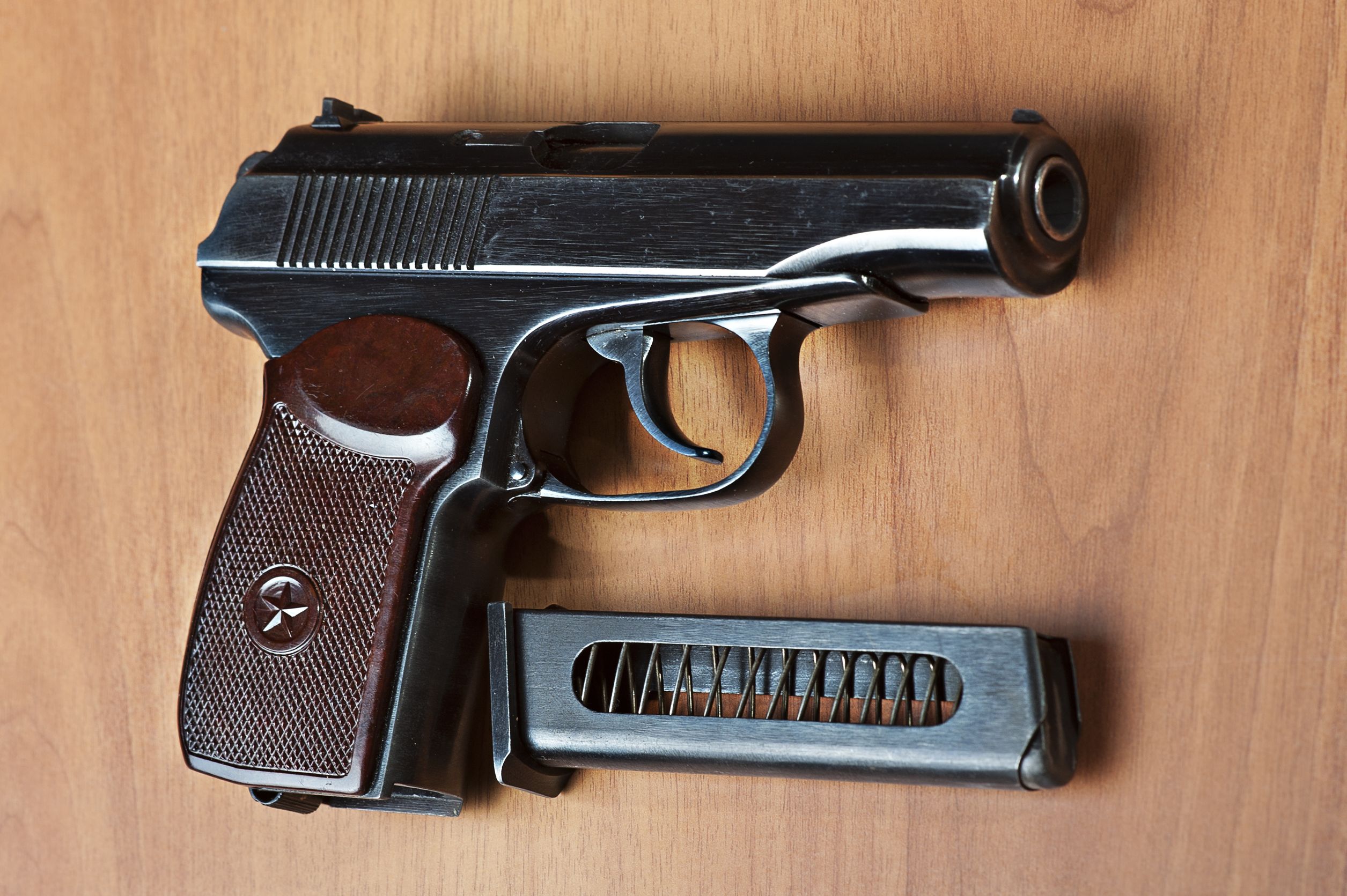

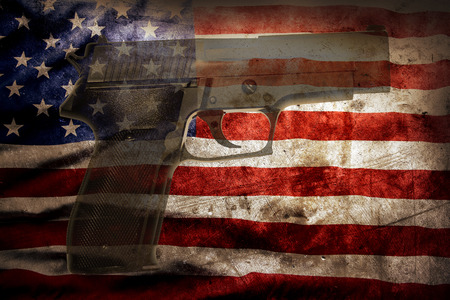
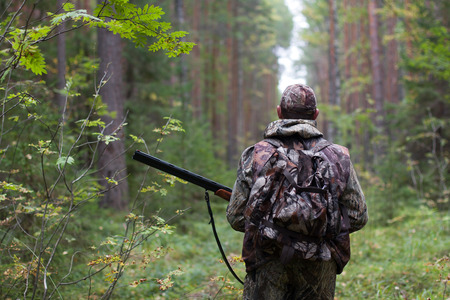
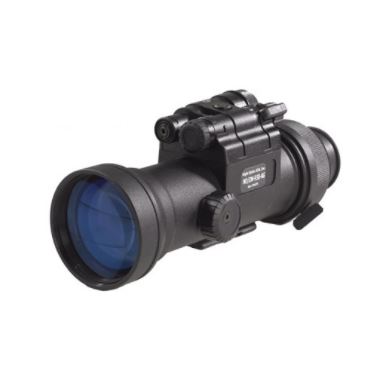
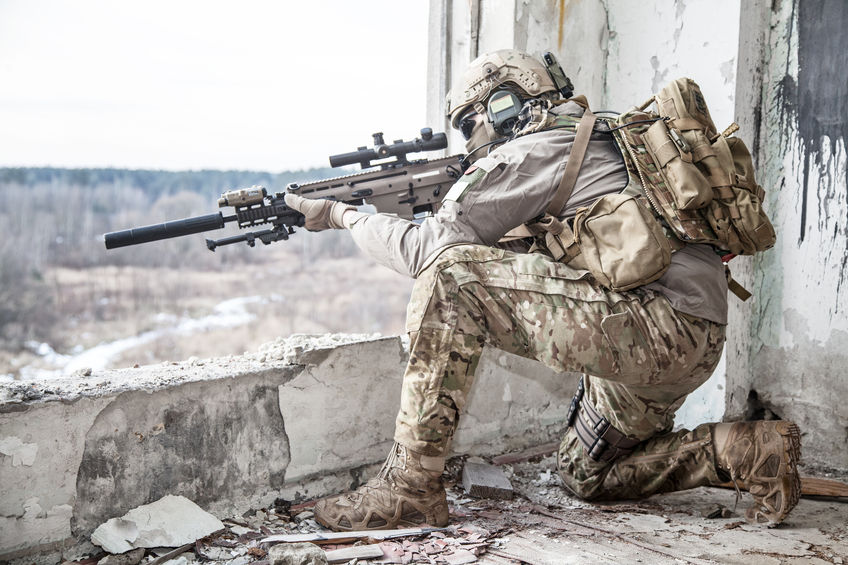
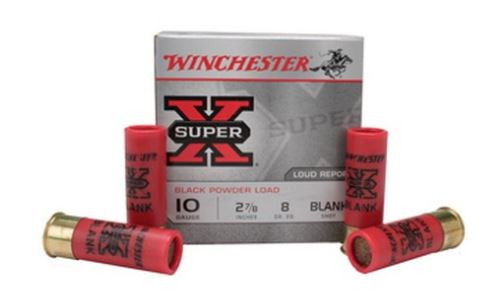


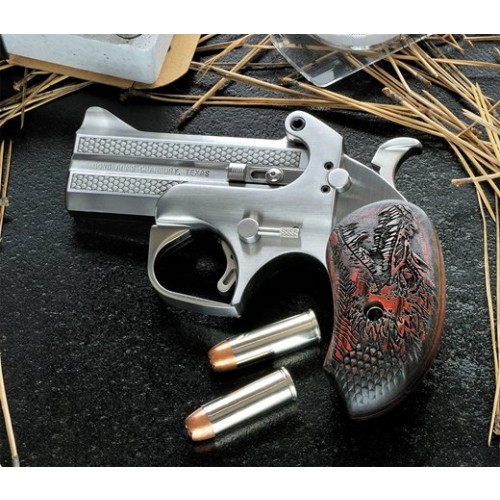 The simple answer is a resounding yes, just because of its size. A pistol that fits in your palm conceals pretty easily. But the Derringer has a fascinating history. Take note that while the history of the gun has nothing to do with its concealability, it has everything to do with the way we view it, and all other conceal carry pistols today.
The simple answer is a resounding yes, just because of its size. A pistol that fits in your palm conceals pretty easily. But the Derringer has a fascinating history. Take note that while the history of the gun has nothing to do with its concealability, it has everything to do with the way we view it, and all other conceal carry pistols today.